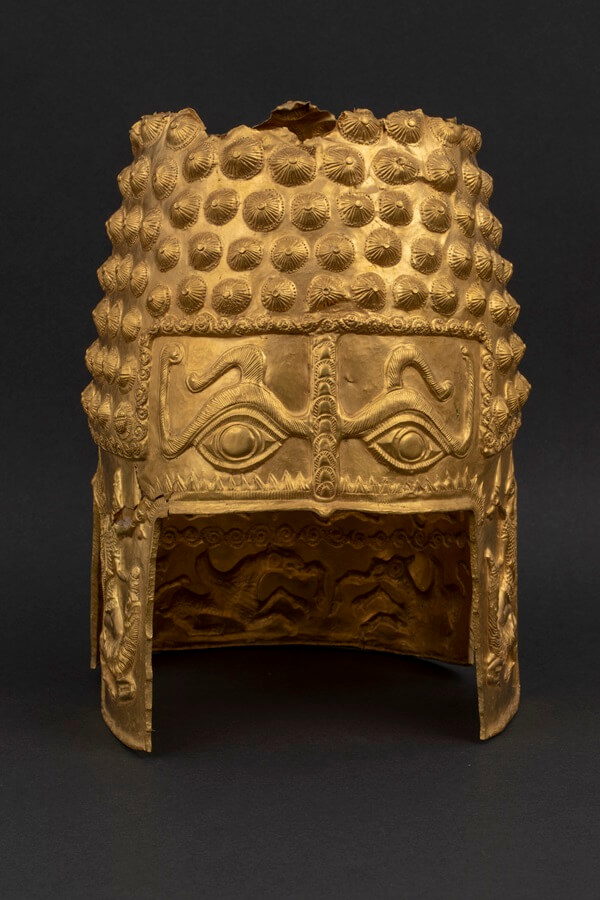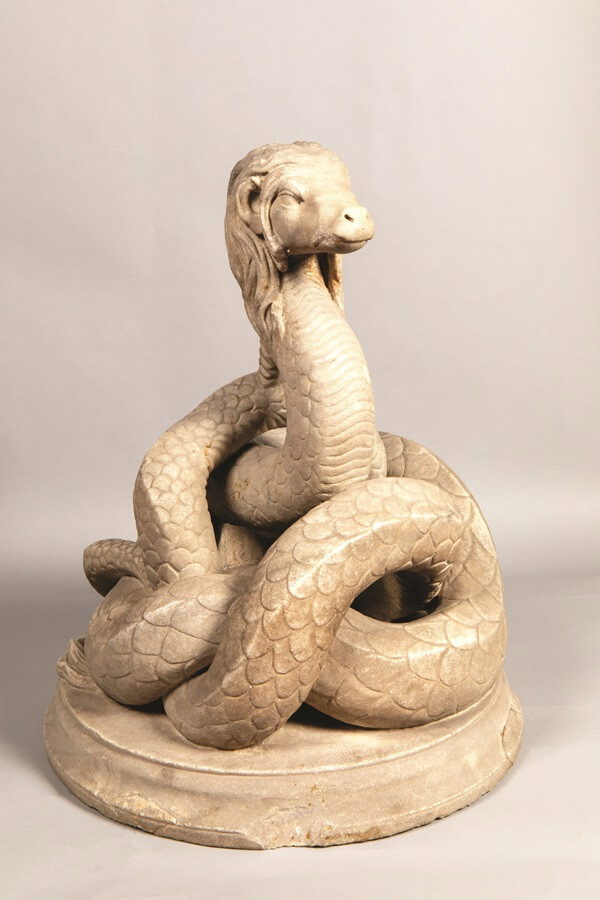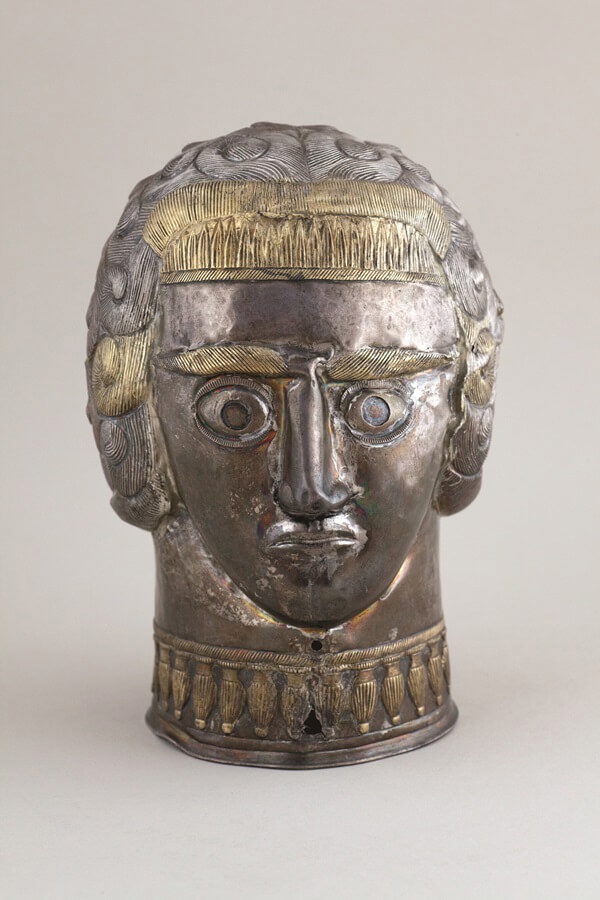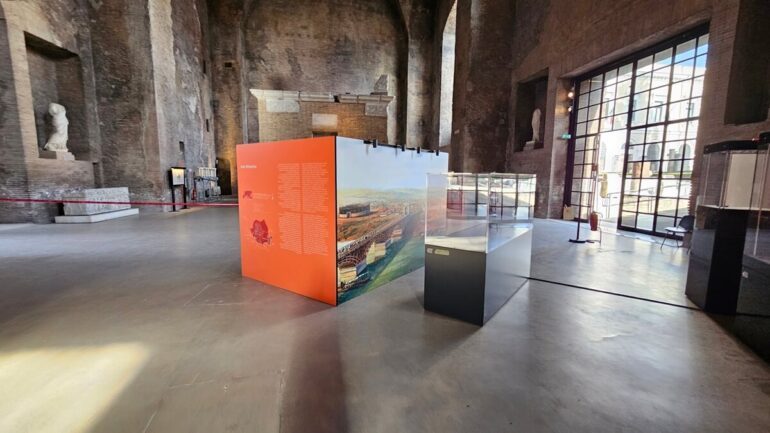Around a thousand items, transported to Rome from 47 Romanian museums, are showcased alongside selected artifacts from the National Roman Museum.
A journey spanning over fifteen hundred years, from the 8th century BC to the 8th century AD, is the captivating narrative hosted by the Baths of Diocletian (National Roman Museum) until April 21. The protagonist of the largest and most prestigious exhibition of archaeological artifacts organized by Romania abroad in recent decades is Dacia.
Corresponding to present-day Romania, this extensive region in Central Europe, bordering north with the Carpathian Mountains, south with the Danube, west with the Tisza (modern-day Hungary), and east with the Dniester (modern-day Moldova and Ukraine), tells its story in an exhibition divided into four sections.

Dacia: The Last Frontier of Rome is the title of the exhibition in Rome curated by Ernest Oberlander, director of the National Museum of Romanian History, and Stéphane Verger, director of the National Roman Museum. The showcase features around a thousand items from 47 Romanian museums, as well as the National Museum of the History of the Republic of Moldova, exhibited for the first time alongside selected artifacts from the National Roman Museum.
Why Dacia? Archaeological investigations carried out in the first decade of the 21st century revealed a fascinating albeit complex world, rich in gold deposits. Around these deposits, inhabited centers, sacred areas, necropolises, and spaces for material processing gradually developed.
Capturing the visitors’ attention at the beginning of the journey is a cast of a scene sculpted on Trajan’s Column, depicting three Dacian archers targeting Romans besieged inside a city. Archaeologist Ranuccio Bianchi Bandinelli had it coloured in the early 1970s.
Surprising is also the Glykon Serpent from Tomis, a marble representation of a “good demon” believed to heal people from epidemics. Then there’s the golden helmet from Cotofeneşti, crafted in Thracian style, depicting scenes of sacrifice, and the Gothic treasure from Pietroasele dating back to the 4th century AD, featuring an exceptional embossed golden phiale (cup) and large fibulae. The golden Dacian bracelets, earrings, and necklaces appear as if they came from a modern jewelry store!

A magical kit from the 1st century AD, discovered in one of the most important Geto-Dacian sites along the Lower Danube, doesn’t go unnoticed. Some figurines with hands tied behind their backs, buried in Roman amphorae, accompany a sort of voodoo doll.
There’s a female anthropomorphic representation as part of a princely funerary inventory, perhaps representing the head of a deity. Additionally, there is a silver strainer suggesting that the wines used by the Getae were mixed with spices or herbs requiring filtration. Furthermore, there are masks for ceremonial helmets.

This millennial journey showcases the evolution of the Geto-Dacian ancestors, the transformation of a part of Dacia into a Roman province, the integration into the Roman world, and finally, the coexistence of the local inhabitants with migrating populations. Visitors will appreciate the mutual influence of civilizations, the profound transformations and adaptations that led to the creation of a cultural identity.
The exhibition concludes with the dissolution of the Empire and the subsequent challenges in maintaining secure borders, with the emergence of peoples like the Huns, while the power of Rome shifts to the East with Byzantium.
This section also highlights the role of Christianity and the spread of the Latin language, strong elements of Rome’s legacy that foreshadow Romania as we know it today.
21 November 2023 – 21 April 2024
National Roman Museum- Baths of Diocletian
Via Enrico de Nicola, 78
Opening times: Tue-Sun 9.30am-7pm
Tickets: €13





